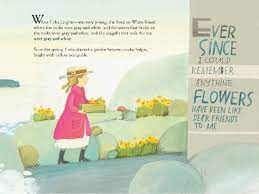"THE MEASURE OF A MAN
He wields his
power
with a flick of his
shaggy brown hair,
a sly smile,
a sarcastic comment
and his aura of
lawless
recklessness.
He rides
effortlessly
on the strong waves
of his popularity.
There's never an empty seat
beside him."
Felix Landon Yarrow (aka Fly) is the first-person narrator for this powerful story. Fly has cerebral palsy. How he looks allows others to make assumptions about his mind, and about his abilities. His constant companion is his copy of Don Quixote, whose story of courage, fairness, and integrity holds him up when he has had enough of the world that surrounds him.
This outstanding book is written in free verse that draws the reader from page to page, chapter to chapter, with a narration that is both compelling and authentic. Fly's concern for Daria (his crush) amps up when Carter shows he is taken with her. Anyone in middle or high school will know a Carter. He holds sway in hallways, classrooms, and outside of school. This Carter is a bully and a drug dealer, whose disdain for Fly, his physical disorder, and his virtual invisibility within Carter's circle makes it easy for Fly to literally be a 'fly on the wall'. No one suspects that he is learning anything from what is going on around the school. That is where they are so wrong!
Fly is determined to protect Daria from Carter and his nefarious ways. His plan to show the world the real Carter is wily and well-planned. Felix proves to be clever and cynical, as he keeps readers aware of who he is and his ability to plan and carry out Carter's takedown. Action and emotion make Felix an empathetic character worthy of great admiration. This book reveals his 'quest/ for a noble life'.
"and that I'm
to blame,
I still feel a
traitorous
rush
of exhilaration.
Because she's
looking right at me,
yelling at me.
At me.
As though I was
anyone,
a regular person,
someone
deserving of anger -
worth a yell."




















































